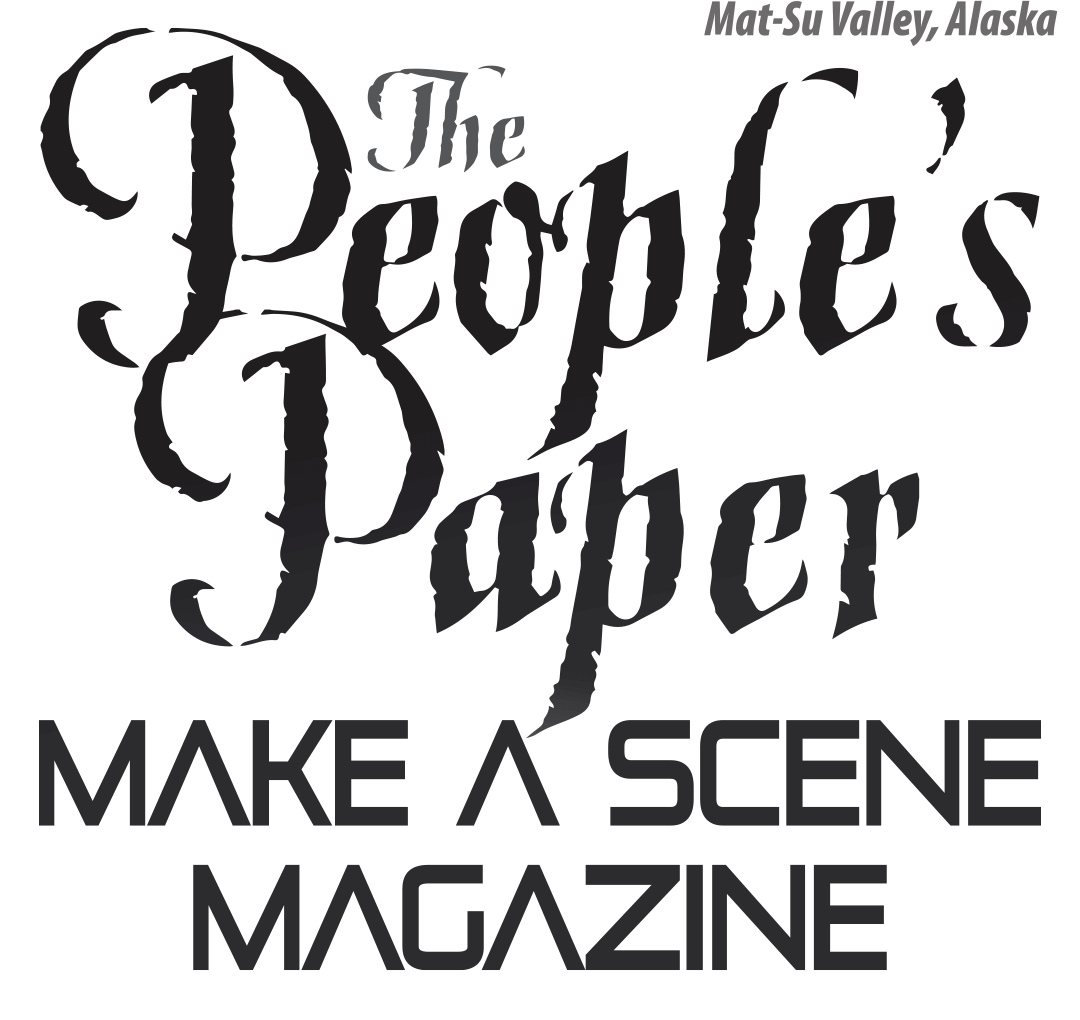Contributed by Jim Sykes
The Matanuska River looked like a giant wishbone in late July as it flowed beyond the Old Glenn Highway Bridge. Roughly half the water headed to the Palmer side and the other went to the Butte.
The next morning, most of the water shifted to the Butte. The main current chewed the bank along a piece of remaining dike near Old River Road, and then quit.
But upriver a half mile, the river drilled at the bank near an old gravel pit pond across from Bradford Rd. The pond water and the utilities along the Old Glenn Highway sat a full five feet below the water level in the river - separated by about 150 feet of silt and gravel bank.
If that bank were to erode through at that point, the river could easily wash its way down the Old Glenn Highway or take it out like an unusual surge of water did in 1971. This erosion event was different, but had the potential for disaster. What would be the response?
Inside the borough building, less than a month earlier we received an uninvited surprise in the form of a state budget veto. $5.7 million from the state's repayment share of the borough's school bond debt service would not be paid. Like the river, the course of the current year's budget had just been changed - less dramatic than Mother Nature, but demanding immediate attention.
Back at the river, people living downstream measured bank loss at more than seven feet per day at the head of Bradford pond. I recorded GPS waypoints along newly exposed bank August 1st. Results showed more than 550 feet of bank had eroded away since the 2011 borough-wide aerial photography.
The locals had measured at least 64 feet of bank erosion within ten days. They felled cottonwoods and cabled them to the stumps on the bank. Immediately, the branches deflected the current away from the bank. While it is a temporary measure, it worked.
But erosion increased upriver with the main current directly attacking the bank. I used updated mapping data to alert officials at the Borough, State of a possible disaster in the making.
Most officials who examined the situation for themselves agreed that it didn't look good. In advance of a possible disaster, I pushed for an emergency declaration from the borough. Manager Moosey signed it, Governor Walker immediately approved it and DOT began work the following day.
It became clear the 500 foot revetment proposed by the state would not be enough, as the river could easily erode downstream of the project and still run down the highway.
I pressed to double that distance and follow the bank of the river in order to protect people and property, as well as better protecting the road at the same cost. DOT agreed and got the work done expeditiously.
The project is now done. For the time being, disaster has been averted. But everyone understands the fix is temporary.
I thanked the governor publicly and asked for his help for a more permanent solution, including the possibility of dredging. He agreed to search for a longer term more cost-effective solutions.
All of the usual strategies of channelizing, dikes and revetments are extremely expensive. Buy-outs that get people out of risky areas is one of the least expensive, but there are still significant costs.
Back in the borough building, the manager addressed the state's funding cut. He immediately put a freeze on hiring, non-essential travel and deferring construction of most capital projects. The assembly is still working its way through these proposals that would make up for more than half of the $5.7 million shortfall.
Since the borough's last strategic plan expired in 2012, I've pressed for a new one so we can realistically examine our immediate and future risks in time to find good solutions. It's now in the works.
My push to get the budget online and new open.gov graphic tools are now available to help understand the budget and encourage people's ideas on what is most important to cut and to keep. We also need more public presentation about each division and its associated costs.
I oppose raising property taxes and also oppose dipping into our reserves to meet the current shortfall. We need to diversify our sources of revenue away from heavy dependence on property taxes.
These tough times need continued strong leadership. Cuts to projects and programs will be made. And like the river, we need to find a more permanent solution, since we may face similar state cuts again next year.
The good news is that we've kept the area-wide property tax mill rates low, reserves in good shape and our bond rating high.
With your vote for Jim Sykes on October 4th, I'll keep asking important questions, inviting ideas and finding reasonable solutions. Together we will get through this rough patch and keep our valley the best place to live.
